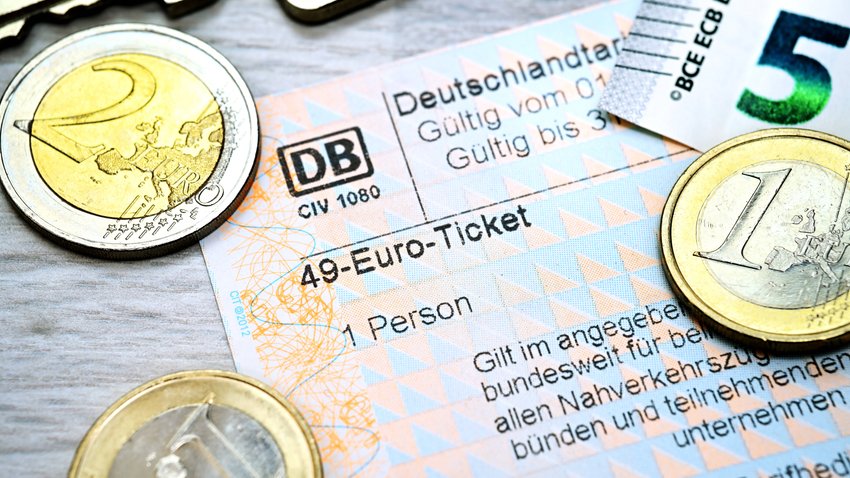Germany breathes a sigh of relief – good news from DB Regio

It has become quiet about the 49-euro ticket. While citizens are waiting for the official starting signal, politicians and transport companies are working in the background on implementation. The DB regional boss no longer sees any major stumbling blocks for the Germany ticket – and clears up a fear that public transport drivers have had for a long time: overcrowded trains and buses and a resulting lack of seats.
Expensive ticket prices, confusing tariffs: After the end of the 9-euro ticket in August 2022, bus and train drivers were catapulted back into the dreary world of public transport in Germany. But that should only be a transition: the 49-euro ticket should be launched at the end of the first quarter of 2023. Citizens no longer have to expect major delays.
49-euro ticket: Seating capacities can be increased
“But I no longer see any stumbling blocks here,” says Evelyn Palla with regard to detailed legal, financial and tariff issues (source: Handelsblatt). Palla should know: the native South Tyrolean runs DB Regio AG, which controls regional transport for Deutsche Bahn. In your opinion, the Deutschlandticket will Making public transport in Germany easier: “In doing so, we eliminate a competitive advantage of the car.”
The 49-euro ticket will probably not be able to build on the great success of its predecessor. Nevertheless, the regional boss expects high demand. However, this should not lead to a loss of comfort, because it is mainly in metropolitan areas enough capacity available: “We have the largest range there and can also further increase the number of seats,” explains Palla. This is also where the greatest demand is expected.
So if you were afraid of having to stand permanently after the introduction of the Deutschlandticket, you can breathe a sigh of relief.
The 49-euro ticket is not the only important innovation in 2023:
Deutsche Bahn wants to display seat capacity
Deutsche Bahn is paying more attention to the tiresome issue of seats anyway. A recently presented tool is intended to show the seating capacity in the individual wagons. The pilot project will start in the S-Bahn trains in Hamburg and Stuttgart.



